Let me start by saying that I love carbohydrates. It's my favorite macronutrient. Our bodies need carbs, especially if we are athletes. Who am I to deny my body something it needs. Amiright?
Food is not just about nutrients and fuel, it is also about enjoyment. We need to find the balance of what we enjoy eating and what is good for our bodies. Let's find the sweet spot of sanity and sustainability. What healthy eating habits can we sustain for the rest of our lives?
If you tell me I can never have a carb again, then we are not friends. That is simply not sustainable for my lifestyle. I want to be healthy, but I also want to enjoy my life. Finding that balance is key.
How I cut carbs tonight pic.twitter.com/vkpBR7nasF
— Circuit Static (@circuitstatic) April 11, 2017
Cutting carbs is popular on the diet circuit because when we cut carbs we lose water right away and the number goes down on the scale. It isn't magic. In the beginning it is likely water weight. It's great. You look a little leaner, the scale shows a lower number and the button isn't popping off your pants anymore. You probably didn't lose fat, but you lost weight. I get it. It feels good.
When we cut carbs we also cut calories. If you order a hamburger without the bun, you just cut 150-300 calories from your meal. The calorie deficit is also contributing to your weight loss.
I don't have any issues with limiting carb intake to reach body composition goals, the problem arises when we ignore our bodies feedback and take it too far. Our bodies have a way of telling us what it needs. We just need to get in tune with our bodies to hear these messages.
Carbohydrates aren't bad. When we demonize foods we end up unbalanced and risk nutrient deficiencies. Our ultimate goal should always be health and balance. That includes a healthy body and mind. We shouldn't stress about any foods.
Our bodies are all different and we have different tolerances to carbohydrates. While some people may thrive on a low carbohydrate diet all the time, others will be grumpy, low energy and...did I mention grumpy? (Raises hand.) It's all about experimenting with carb intake and honestly assessing how you look, feel and perform. If you look, feel and perform your best on a low carb diet, then go for it. If you feel like $hit after day three and your workout sucks, maybe it's time to eat some oatmeal.
We are all individuals and have individual nutrient needs. Just because your friend claims to to have lost 20 pounds and feels great on a low carb diet, doesn't mean your body will react the same way. In turn just because I feel like crap on a low carb diet doesn't mean all my clients will too. As a nutrition coach, it is not about pushing my personal diet strategies on my clients, it is about working with them to establish a protocol that works best for their body.
The key to achieving all the benefits of a low carb diet without going crazy is in carb quality and carb timing.
FOCUS ON CARB QUALITY
The first way to cut carbs without cutting sanity is to simply cut out processed carbs. If we limit our carb intake to whole foods we eliminate most of the problems with carbs. Carbs aren't bad in themselves, it just so happens that most processed foods are carbs.
If you first work to eliminate or reduce the white flour, added sugar, salty snacks, most packaged foods, cereal, beer and soda you cut out the carbs that are less than ideal. What's left? Fruit, oatmeal, potatoes, whole grains, vegetables, quinoa and rice as some examples. If you limit processed foods and added sugars, that is probably all the carbs that most people need to cut. Especially athletes.
I am also not saying never to eat a potato chip or slice of pizza again, just that these things should be the exception, not the rule. What you do daily matters more than what you do once in awhile.
CARB TIMING
Once you have already reduced processed carbs from your diet you can take it to the next level with carb timing by consuming most your carbs for the day right before and after your workouts and reducing carb intake on your rest days. This is an effective way to ensure your body gets the carbs it needs to perform well, while reducing the chances that there will be excess calories that lead to fat storage.
Remember that carbs don't make you fat. Fat doesn't make you fat. Calorie surplus over energy needs is a major factor in fat storage. It's about balance.
Focus on eating whole nutrient-dense foods in proper portions from a variety of food sources for happy healthy body and mind.
HOW'S THAT WORKING FOR YOU?
There is a lot of controversy surrounding nutrition and people can have very strong beliefs about their diet approach, the best way to eat healthfully and lose weight. The truth is there is no one best diet. Each of our bodies are different and only we know how our bodies respond to different diet philosophies. The problem only arises when we ignore our body's natural feedback in order to stick to a diet that clearly isn't working for us. The bottom line is that if you can honestly say that you LOOK, FEEL and PERFORM your best, then I'd say keep doing whatever you are doing.
Me? I'm sticking with healthy carbs. Need help with your nutrition strategy? Tired of dieting? Want help making healthy choices while staying sane and balanced? Join my nutrition and lifestyle coaching program for long term sustainable results.
Like this post? I'd love it if you would share.
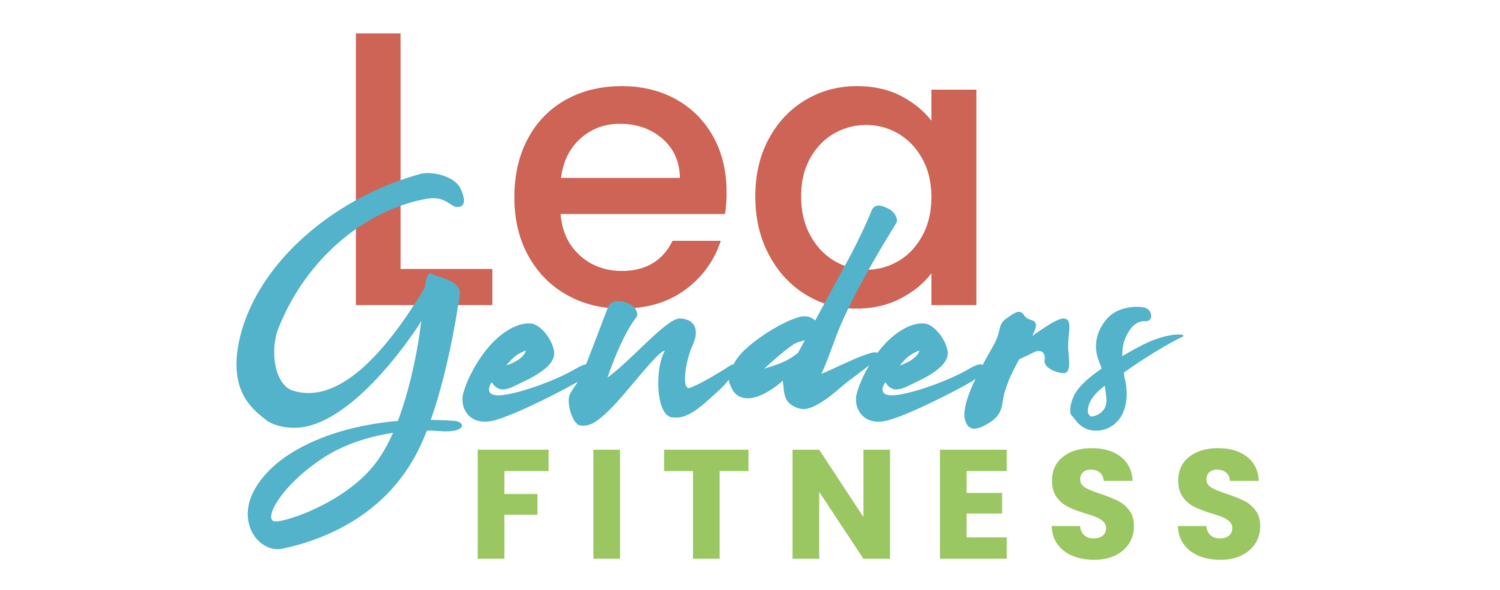
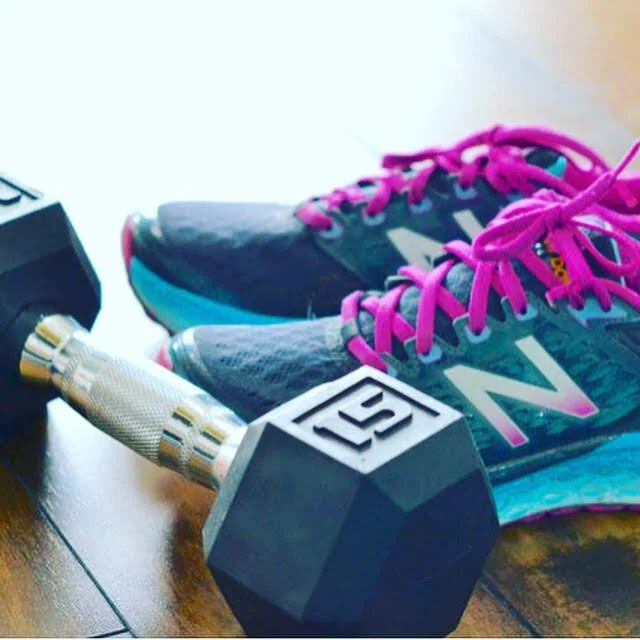

















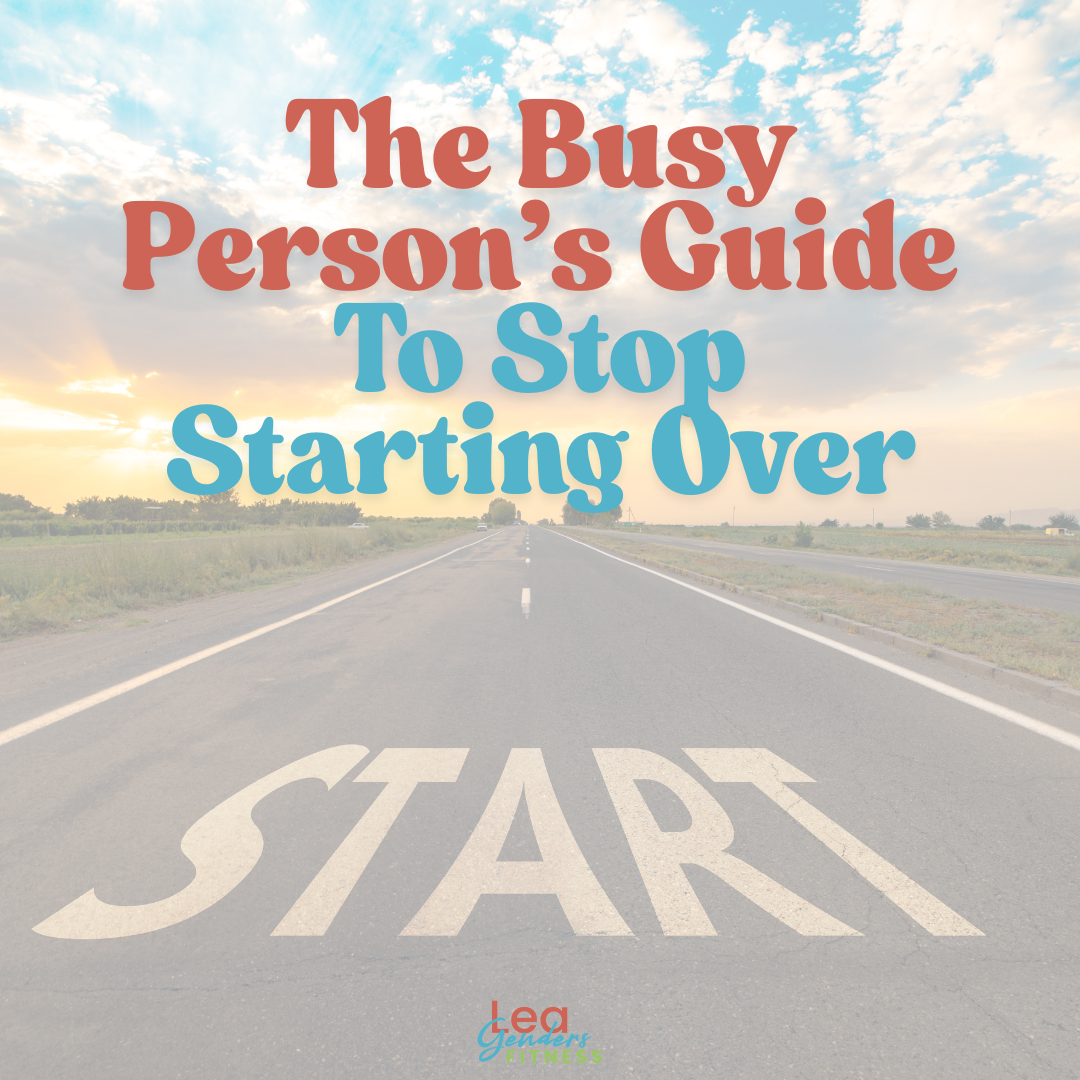













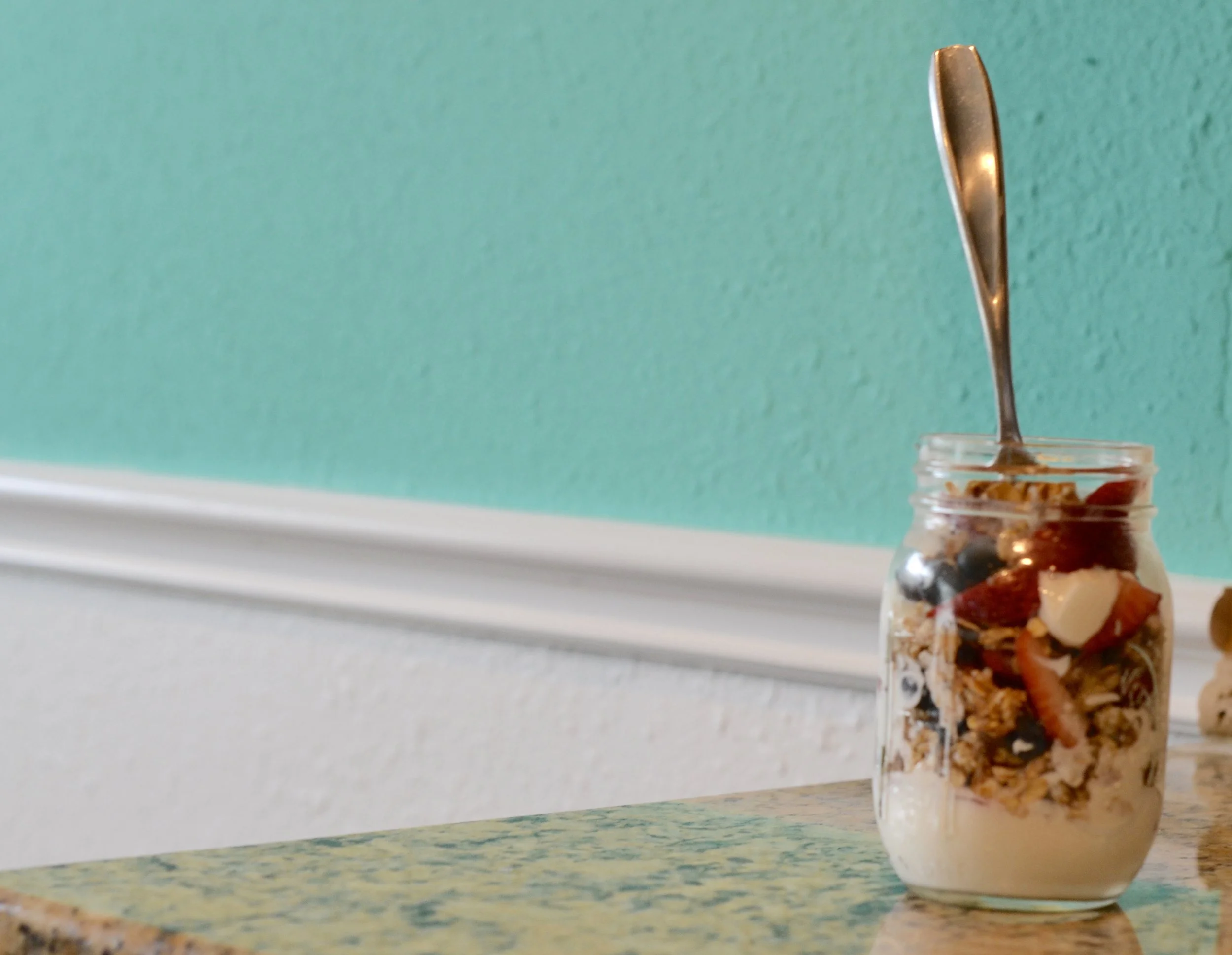

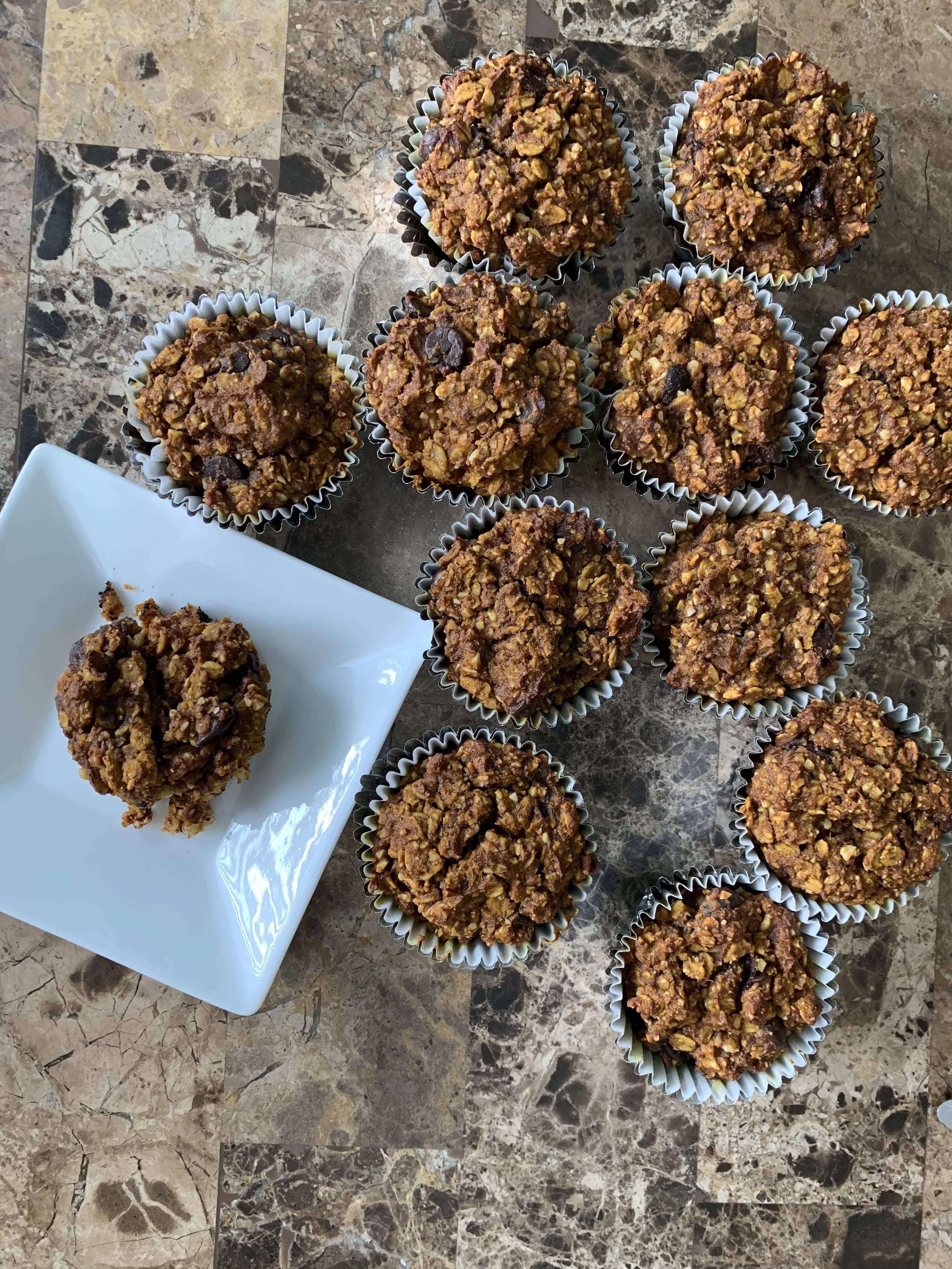
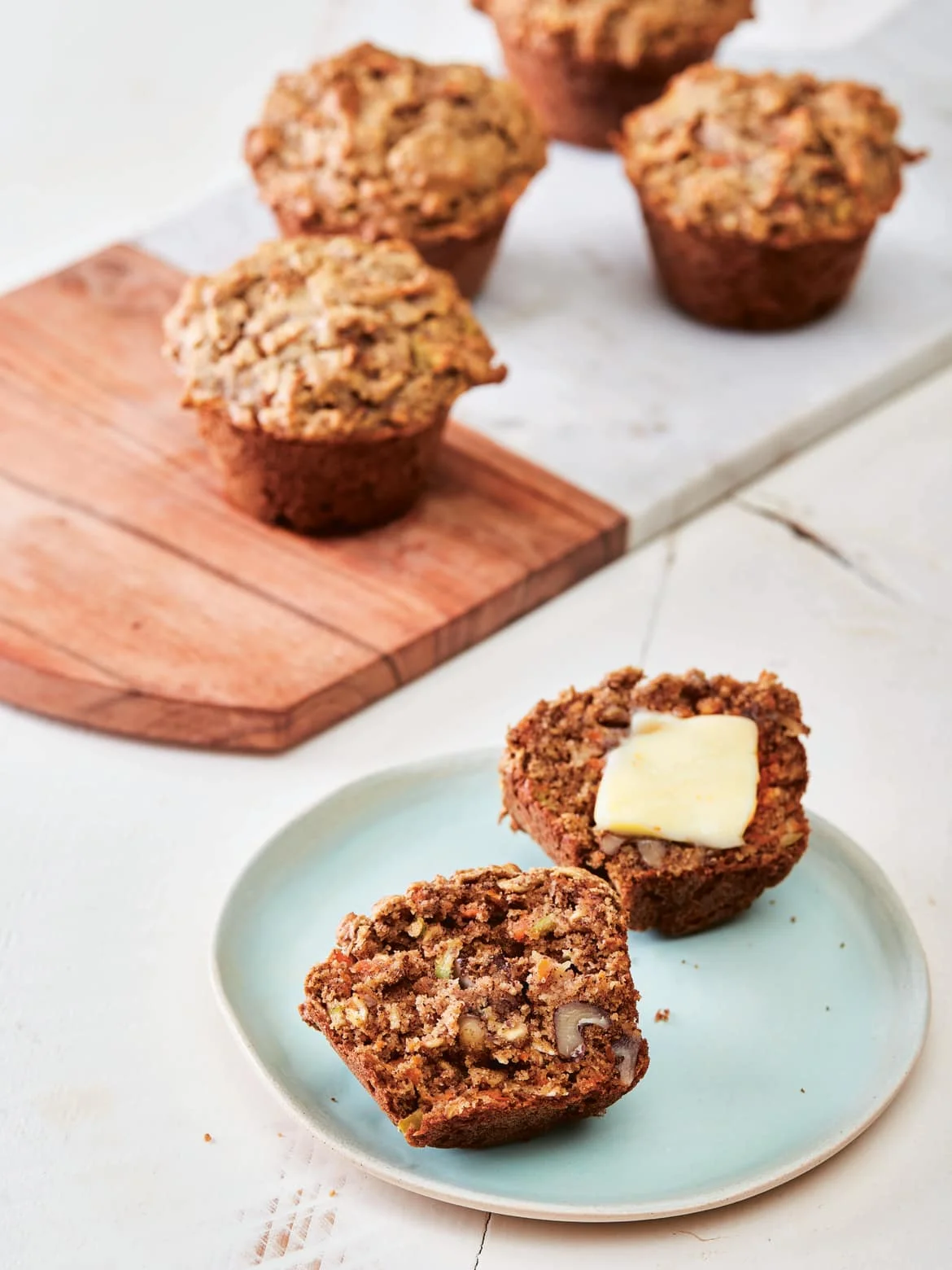





We often hear about the need for a "holiday survival kit," but just using the word survival suggests the season is something difficult we must simply endure. The truth is, the holidays provide a wonderful chance to build connection and lean into celebration.
This season, avoid the all-or-nothing trap of thinking you must "start over in January." The most lasting success is built by practicing flexibility now. Learn to use the Dial Mindset Method to adjust your effort based on life's reality and the Nutrition Continuum to make small, incremental upgrades to your eating. Your goal is not perfection, but consistency, which leads to confidence and long-term health success beyond the holidays.